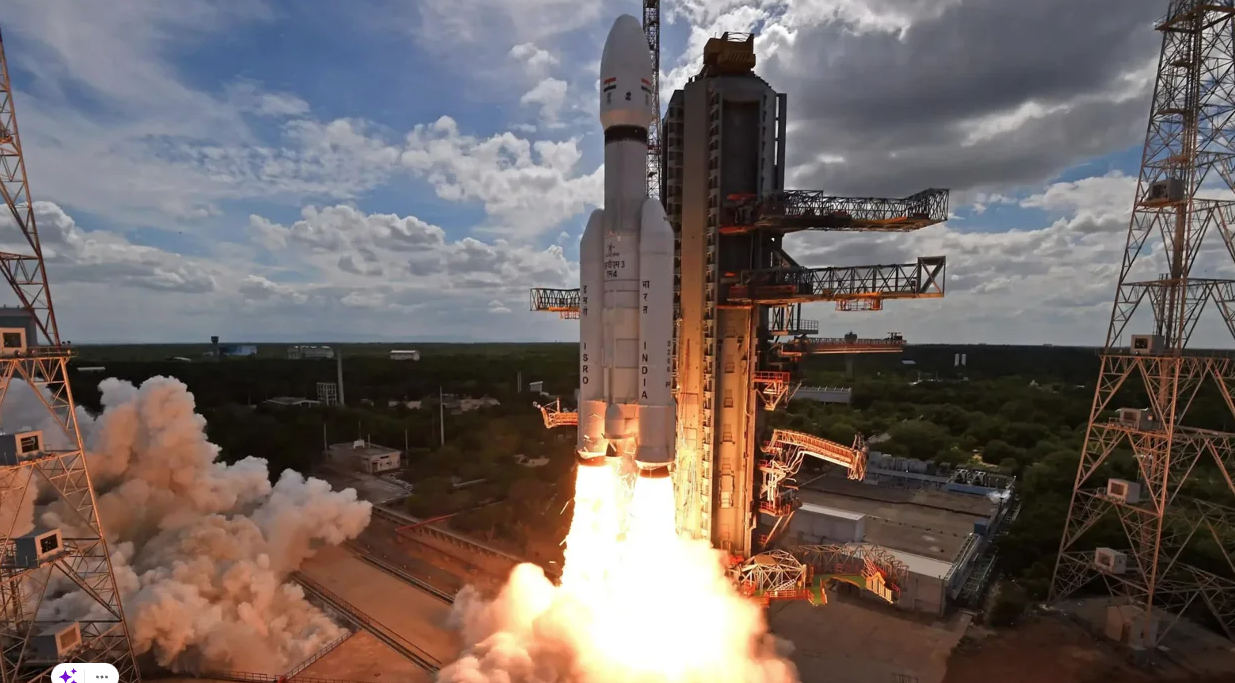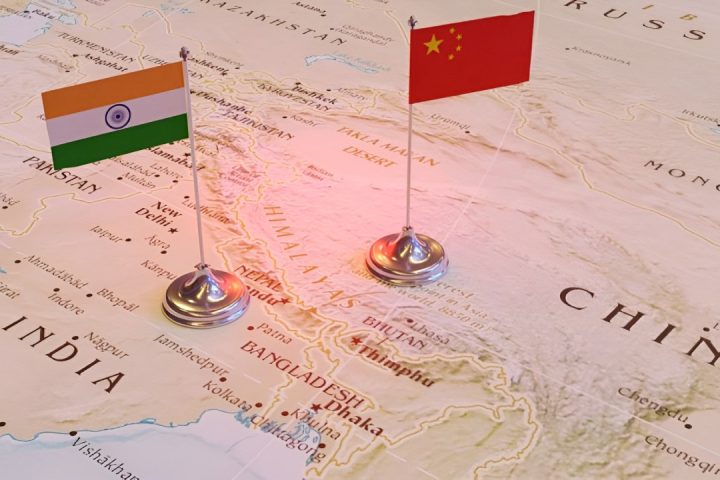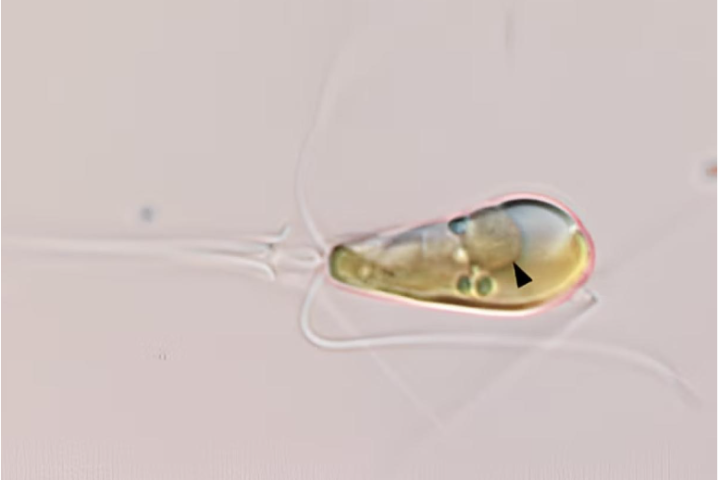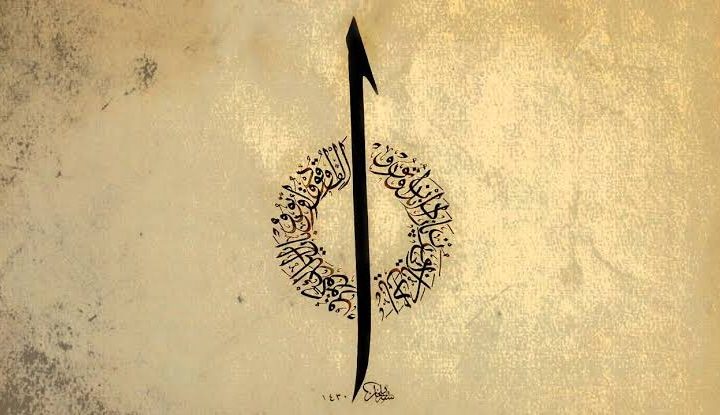On August 23, 2023, India made history by becoming the first country to land near the Moon’s south pole with the Chandrayaan-3 lander.
India is one of several countries, including the United States, that have tried to land on the Moon. The Moon’s south pole is of particular interest because its surface, covered with craters, pits and ice sheets, has never been visited before.
U.S. international affairs expert Mariel Borowitz wrote about what India’s lunar landing means for both science and the global community. We summarize the article published in The Conversation.
Why do countries want to go to the Moon?
Because it could test the limits of humanity’s technical capabilities and allow us to discover more about our solar system.
Our satellite, the Moon, has had a huge historical and cultural impact on humanity. Almost everyone in the world can look up into the night sky and see the Moon and realize how amazing it is that a spacecraft built by humans is roaming the surface. It also offers a unique opportunity for international cooperation and competition in a peaceful but highly visible way.
With the United States, Russia, Russia, China, India, Israel and many other countries and even commercial organizations interested in landing on the Moon, the conditions are ripe for new partnerships.
These partnerships can enable countries to pool their resources and do more in space, connecting individual researchers and organizations to promote more peaceful cooperation on Earth.
There are also those who see economic benefits from exploring the Moon. In the near term, this could lead to the emergence of new companies working on space technology and contributing to these missions. India, for example, has recently seen a significant increase in space ventures.
Ultimately, the Moon could provide economic benefits based on the natural resources that can be found there, such as water, helium-3 and rare earth elements.
There is a growing global interest in space
In recent years we have seen a significant increase in the number of nations participating in space activities. This is even more evident when it comes to satellites collecting images or data about the Earth. More than 60 countries are involved in such satellite missions. Now we are seeing this trend expanding into space exploration and, in particular, to the Moon.
In some ways, the interest in the Moon is driven by goals similar to those of the first space race in the 1960s: To showcase technological prowess and impress the public, especially young people.
This time, however, it is not just the two superpowers competing. There are now many participants, and while there is still competition, there is also the possibility of cooperation and new international partnerships to explore space.
There is also the potential for more sustainable exploration (thanks to all these new actors and technical advances over the last 60 years). This could involve building lunar bases, developing ways to exploit lunar resources, and eventually engaging in economic activities on the Moon based on natural resources or tourism.
India’s success is the first of its kind
However, it is worth noting that this is one of seven missions currently operating on and around the Moon. In addition to India’s Chandrayaan-3 rover, South Korea’s Pathfinder Lunar Orbiter, which studies the lunar surface to identify future landing sites; the NASA-backed CAPSTONE spacecraft developed by a space startup company; and NASA’s Lunar Reconnaissance Orbiter are also operating on the Moon.
https://twitter.com/isro/status/1695378531243454712?ref_src=twsrc%5Etfw%7Ctwcamp%5Etweetembed%7Ctwterm%5E1695378531243454712%7Ctwgr%5E8c30df622bcb1d491198673ce2b29332dfab093a%7Ctwcon%5Es1_c10&ref_url=https%3A%2F%2Ftr.mashable.com%2Fuzay%2F10921%2Fhindistanin-aya-inmesi-neden-bu-kadar-onemli
The Indian Space Research Organization has shared a video of the lander landing on the lunar surface.
The CAPSTONE rover is studying the Moon’s unique orbit. The Lunar Reconnaissance Orbiter is collecting data about the Moon and mapping areas for future missions. Also, although India’s previous rover Chandrayaan-2 crashed, its companion orbiter is still operational. China’s Chang’e-4 and Chang’e-5 also continue to operate on the Moon.
This region offers the greatest potential for finding ice that can be used for rocket fuel. It also has hills with almost constant sunlight: perfect opportunities to generate power for lunar missions.
Other governments and commercial organizations are also trying to join the race. Russia’s Luna-25 mission crashed on the Moon three days before Chandrayaan-3 landed. But the fact that Russia developed the vehicle and got this close is still a significant achievement. The same can be said for the lunar lander built by the private Japanese space company iSpace.
The Moon’s south pole is where nations are focusing for future exploration. All 13 candidate landing sites NASA has identified for the Artemis program are located near the south pole.
This region offers the greatest potential for finding water ice that could be used to support astronauts and make rocket fuel. It also has hills that receive continuous or near-constant sunlight, creating excellent opportunities to generate power to support lunar activities.





